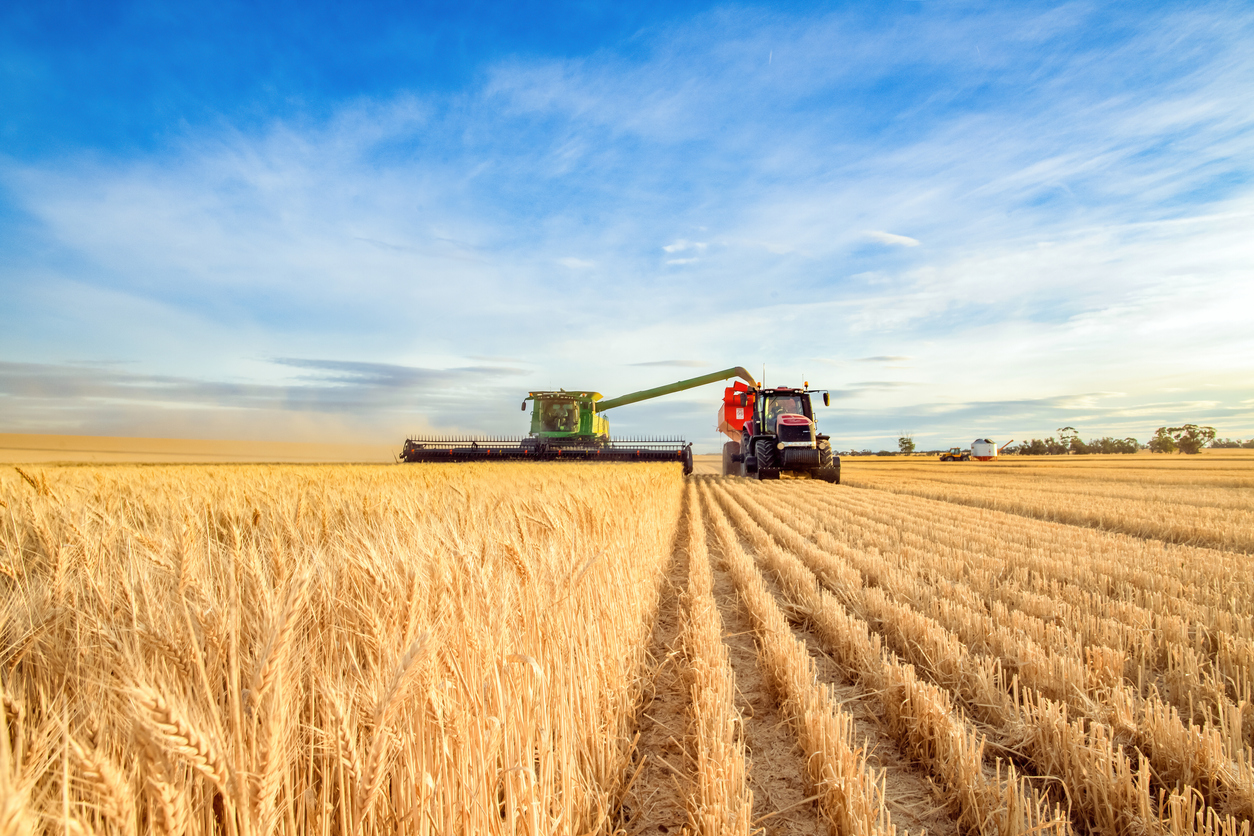Cover Crops after Wheat
With wheat soon to be harvested, think about planting cover crops to improve their soil health. There are four major types of cover crops including grasses, legumes, brassica and others. Grasses tend to accumulate nutrients with their fibrous root system and generally make phosphorus more available. They generally have a higher carbon to nitrogen (C:N) ratio. Major grasses include oats, wheat, cereal rye, annual ryegrass, Sudan-sorghum, and barley. These grasses are a grown before soybeans, may absorb left over nitrogen from fertilizer or manure, are good erosion fighters, and reduce soil compaction.
Cereal rye (wide leaf) is a winter annual that germinates at 30F. Cereal rye improves soil compaction and suppresses weeds. Annual rye (narrow leaf) is another winter annual with a tremendous root system but may be hard to kill in spring. Sorghum Sudan is a summer annual that dies with the first frost so it needs to be seeded immediately after wheat harvest. Mow or chop after it grows 3 feet tall to promote tillering with 5-9X more root growth after cutting.
Oats winter kills with temperatures below 20F, has good root growth, easy to plant and manage, and no need for herbicide in spring. Wheat seed is easy to find, however; it is harder to kill in spring and has a poorer root system than cereal rye or annual rye. Farmers need to avoid planting wheat before Hessian fly free date to reduce pathogen or disease problems. Triticale (winter annual) and Teff (summer annual) are good cover crops for forages. Barley (winter annual) is makes excellent cattle feed for forage or grain. Barley may be harvested 2-3 weeks before wheat and is good for double crop soybeans. Pearl Millet (summer annual) is fast grower, good for short growing windows, good for heat or droughty conditions and excellent for grazing or forage value.
Legumes are great producers of nitrogen, have a large taproot, and are generally grown before corn. Austrian winter peas (inoculated) are planted early in August growing 5 feet long but generally die with frost however they add 100-120#N to soil. Windham winter peas (inoculated) can be planted later, generally survive winter, and if allowed to grow in spring, can accumulate 75-100#N. Cowpeas is planted after wheat, need very little moisture to germinate, grow well in summer heat but die with frost. Cowpeas may accumulate 125-135 #N if inoculated and work well in mixtures because they are shade tolerant. Sunn hemp (summer annual) may get 10-15 feet tall with yellow flowers, and may produce200#N (marble size nodules if inoculated), works well in mixture, but dies with frost.
Crimson clover works well in mixtures with oilseed radish (same size seed). If inoculated, crimson clover can produce 100-125#N but needs to be planted in August or early September to maximize growth. Crimson clover should survive most winters and should be allowed to grow as long as possible in spring to maximize N potential (bright red crimson flower). Red Clover tolerates wet soils and can be frost seeded into wheat in late winter, producing 75-100# N but has a higher C:N ratio so it takes longer to release N than other legumes. Sweet Clover has a deep tap root, tolerates wet soils, produces 125-200#N, improves soil drainage and suppresses weeds. Works well in red clover or alsike mixtures and may also be frost seeded into wheat.
Brassicas include oilseed (Daikon- white root) radishes and turnips and are good for reducing soil compaction, kill or suppressing broadleaf weeds, and they accumulate soil nutrients (N-PK). Radishes die at 15F and can have nasty smell when they decompose. They fumigate the soil and promote earthworms. The root is 80% water and decays quickly when soils warm up. OSR grows well under cooler wetter conditions in late summer and early fall and works well in cover crop mixtures. Turnips are a winter annual with shorter taproot and bulb that can be grazed.
Other cover crops include buckwheat, a summer annual, good for surface compaction, is great for attracting beneficial insects and honey bees, often used in mixtures. Sunflowers (summer annuals) loosen soils, work well in mixtures with peas or climbing cover crops, and attract bees and beneficial insects. Kale and rape/canola (winter annuals) grow fast in fall under cool temperature and cool soil conditions. All cover crops improve soil health, increase soil organic matter, protect the soil from soil erosion, and many reduce soil pests.
